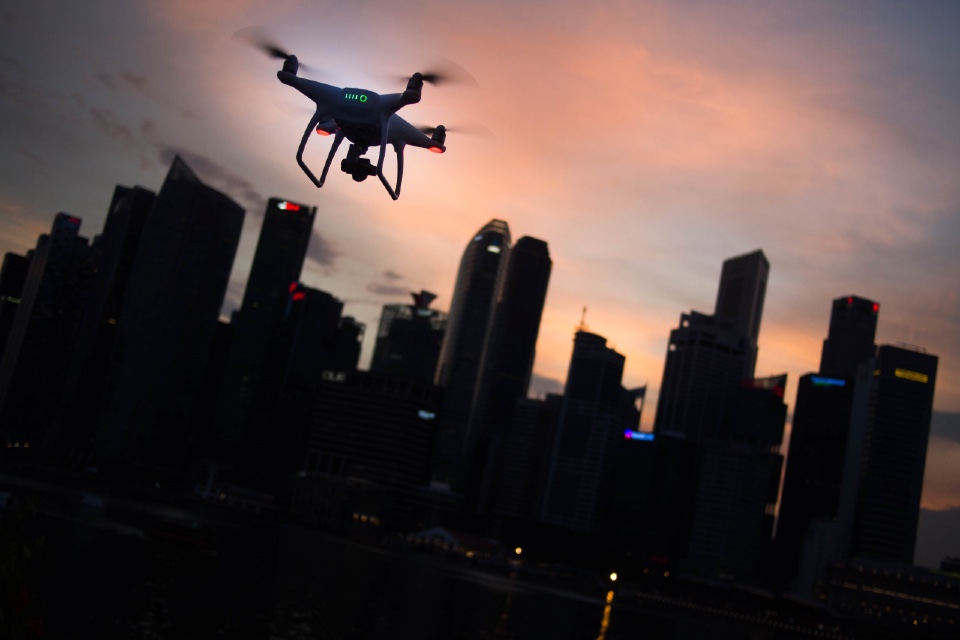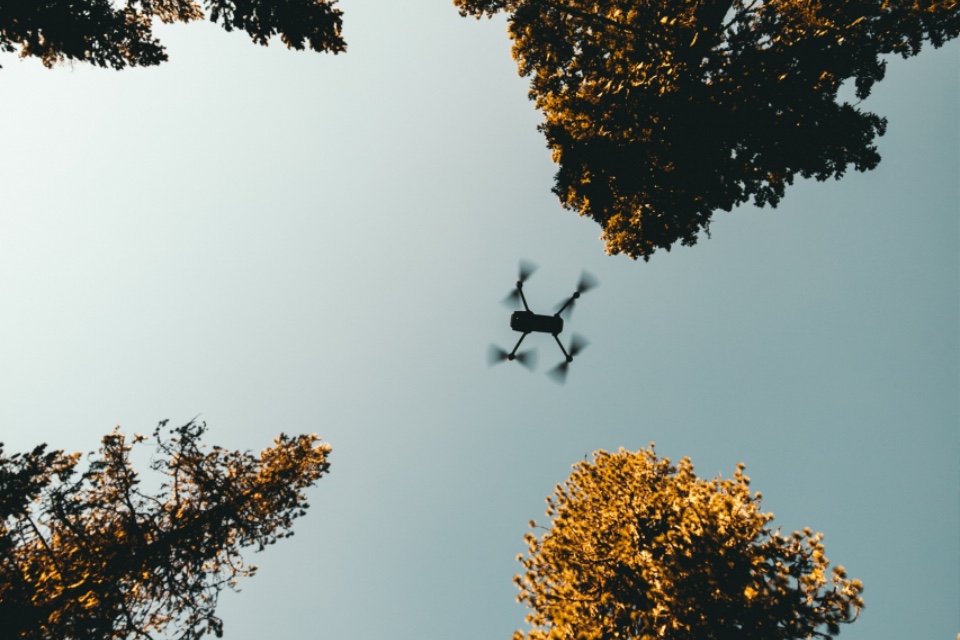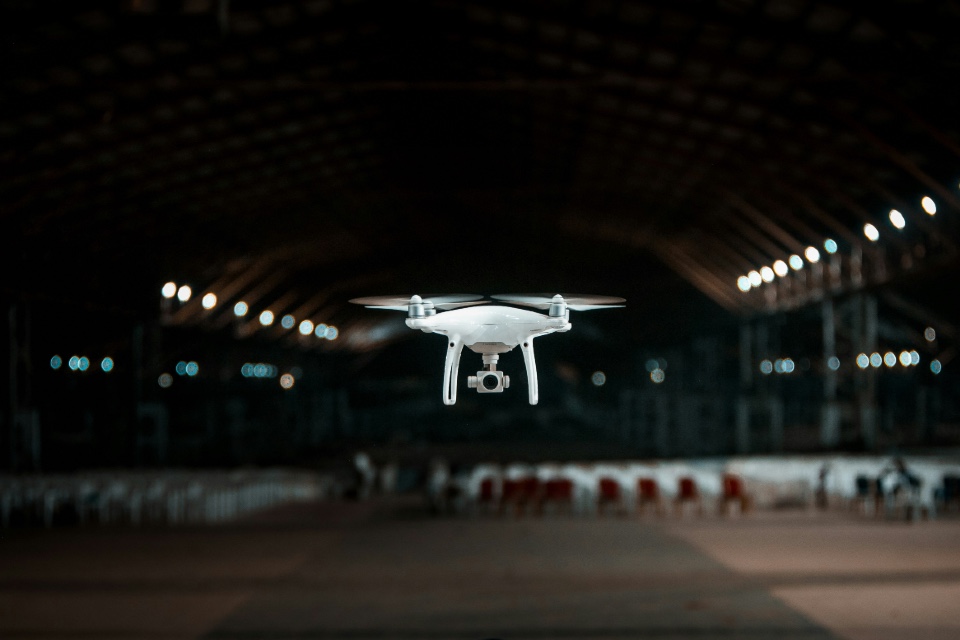Drone technology presents both unique opportunities and novel threats in the world of physical security. These unmanned aerial vehicles (UAVs) have altered the security landscape, necessitating a re-evaluation of traditional security measures. This article explores the dual nature of drones in the realm of commercial physical security, examining both the risks they pose and the advantages they offer, based on input for attendees at the Total Security Summit…
Opportunities Presented by Drones
1. Enhanced Surveillance Capabilities Drones offer a significant enhancement in surveillance capabilities. Equipped with high-resolution cameras, thermal imaging, and night-vision technology, drones provide a comprehensive view of large areas, which is particularly advantageous for monitoring expansive commercial properties. They can quickly cover areas that are challenging and time-consuming for ground patrols, making them an efficient tool for security surveillance.
2. Cost-Effective Monitoring Deploying drones for security purposes can be more cost-effective compared to traditional methods. They reduce the need for extensive manpower and can cover more ground in less time, providing a cost-efficient solution for large-scale surveillance.
3. Improved Emergency Response In emergency situations, drones can be invaluable. They can be rapidly deployed to assess situations from a safe distance, providing real-time data to security teams. This information is crucial for formulating an effective response to incidents like trespassing, theft, or vandalism.
Threats Posed by Drones
1. Privacy Infringements One of the primary concerns associated with drones is the potential for privacy infringement. Unauthorized drones can capture sensitive information, leading to privacy violations. This is particularly pertinent in settings where confidentiality is paramount, such as in businesses handling sensitive data.
2. Security Breaches Drones also pose a direct threat to physical security. They can be used to conduct illicit surveillance, gather intelligence on security measures, or even deliver contraband into restricted areas. This new dimension of threat requires security professionals to rethink and upgrade their defensive strategies.
3. Regulatory and Safety Challenges The commercial use of drones in security comes with regulatory challenges. Navigating the legal landscape, including adherence to the UK’s Civil Aviation Authority regulations, is essential but can be complex. Additionally, there are safety concerns, particularly in crowded urban areas, where a drone malfunction could cause harm to people or property.
4. Need for Specialised Skills Implementing drone technology in security operations requires specialized skills and training. Security personnel need to be trained not only in operating drones but also in analyzing the data collected. This necessitates additional investment in training and equipment.
Conclusion
Drones are reshaping the field of commercial physical security, offering enhanced surveillance capabilities and more efficient monitoring solutions. However, they also introduce new risks such as privacy breaches and security challenges. For the commercial security sector in the UK, embracing the opportunities presented by drones while mitigating their threats will require a careful balance of innovation, strategy, and adherence to regulatory standards. As drone technology continues to advance, its role in commercial security is set to grow, making its integration and management a key focus for security professionals.
Are you researching drone security solutions for your organisation? The Total Security Summit can help!
Photo by Goh Rhy Yan on Unsplash






